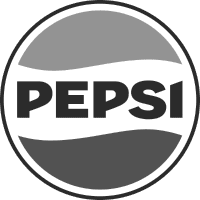Small Format Kiosks
Take your business to the next level with MetroClick’s small format kiosk solutions. Our touch screen kiosks are designed with the latest technology to provide your customers with an interactive and engaging experience.
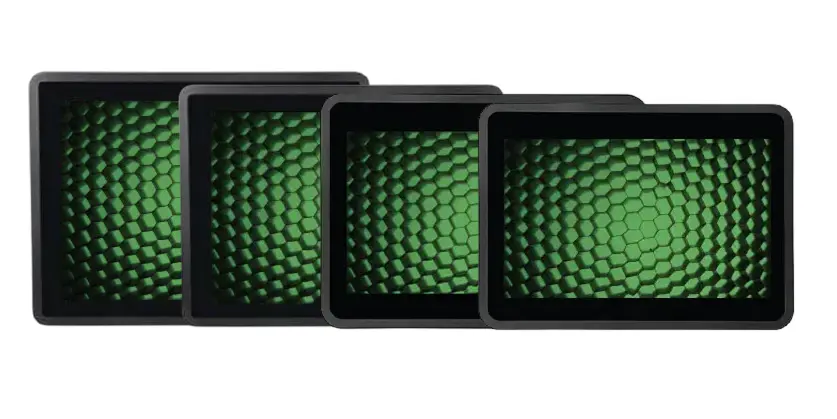
Trusted by industry leaders to power better customer experiences
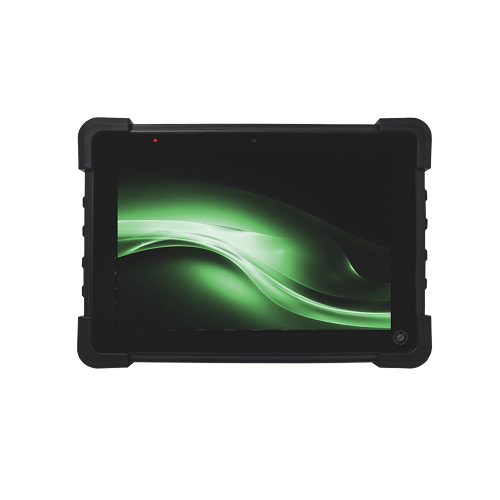
Tablets
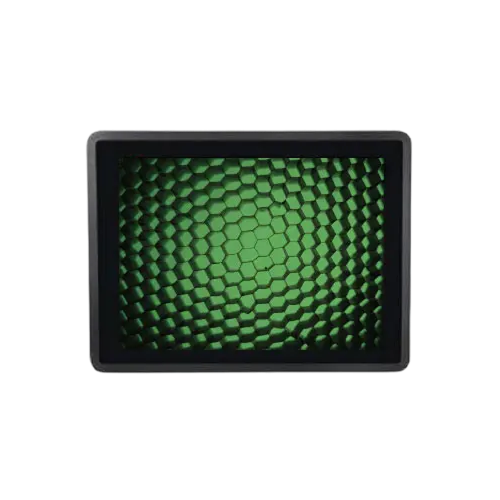
Small Touch Screens
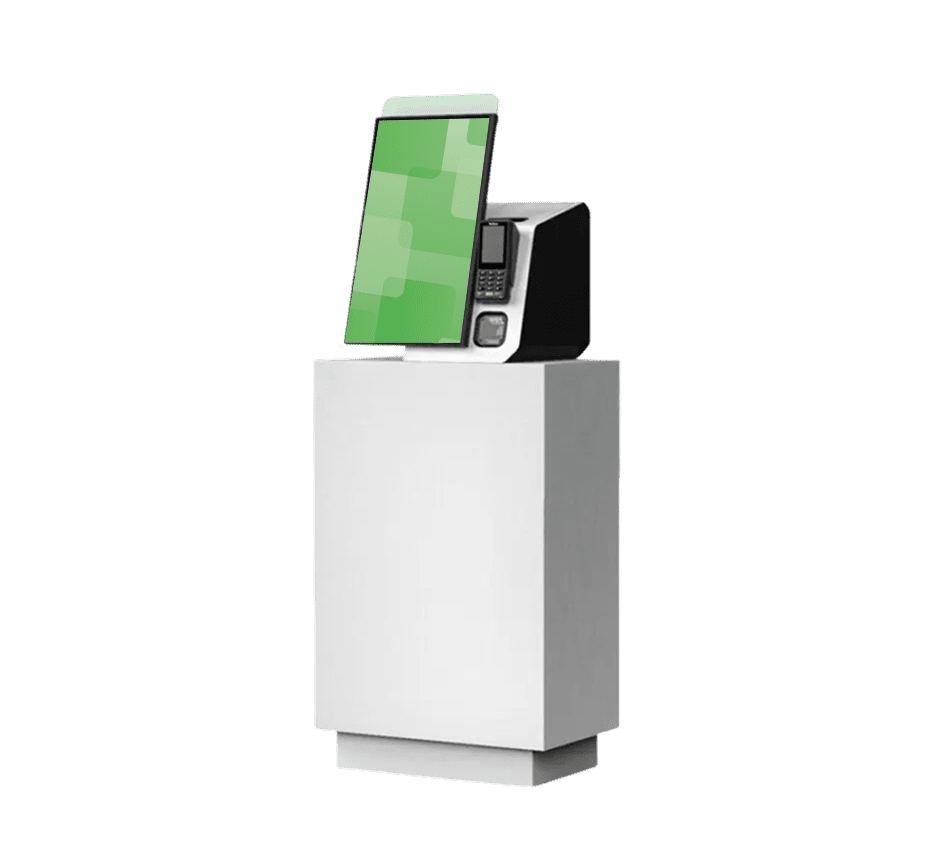
Table Tops
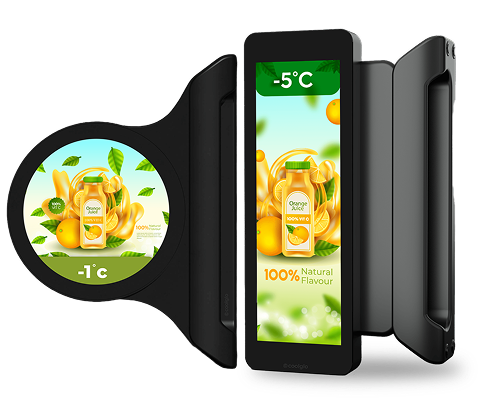
Cooler Door Handles
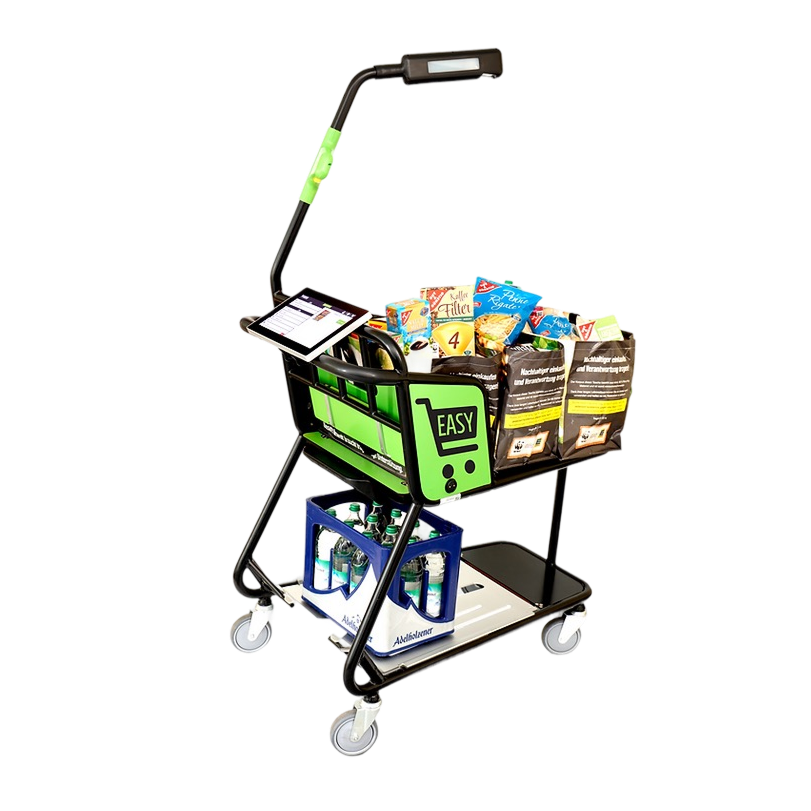
Easy Shopper
Discover the versatility built into each product
Built for Every Environment
Trust in ruggedized, rated, reliable and robust devices of all shapes and sizes that perform flawlessly indoors or out.
Engage and Inform
Guide users through effortless, self-driven, interactive experiences or stream advertisements and promotions 24/7 on optically bonded, enhanced viewing touch screens.
Modular in Design
Easily configure, connect and scale devices to suit different locations, functions and use cases, while streamlining maintenance, serviceability and operational expenses.
Unapologetically Authentic
Fit any space with aesthetics and branding that drives emotional resonance and authentic connections to your true brand.
Industry applications for Small Format Kiosk
Sports Arenas
Guide fans from parking to seats
Interactive paths that simplify navigation and amplify sponsor engagement
Healthcare Facilities
Simplify complex patient journeys
Real-time wayfinding that adapts to emergencies and staffing changes
Retail Spaces
Convert browsers to buyers
Shelf-edge experiences that bridge digital browsing and physical products
MetroClick Manager
Sync every screen, everywhere
Our hybrid CMS and DXP platform that seamlessly connects your digital experiences. Easily deliver omnichannel content using intuitive editing tools and templates to craft engaging customer interactions.
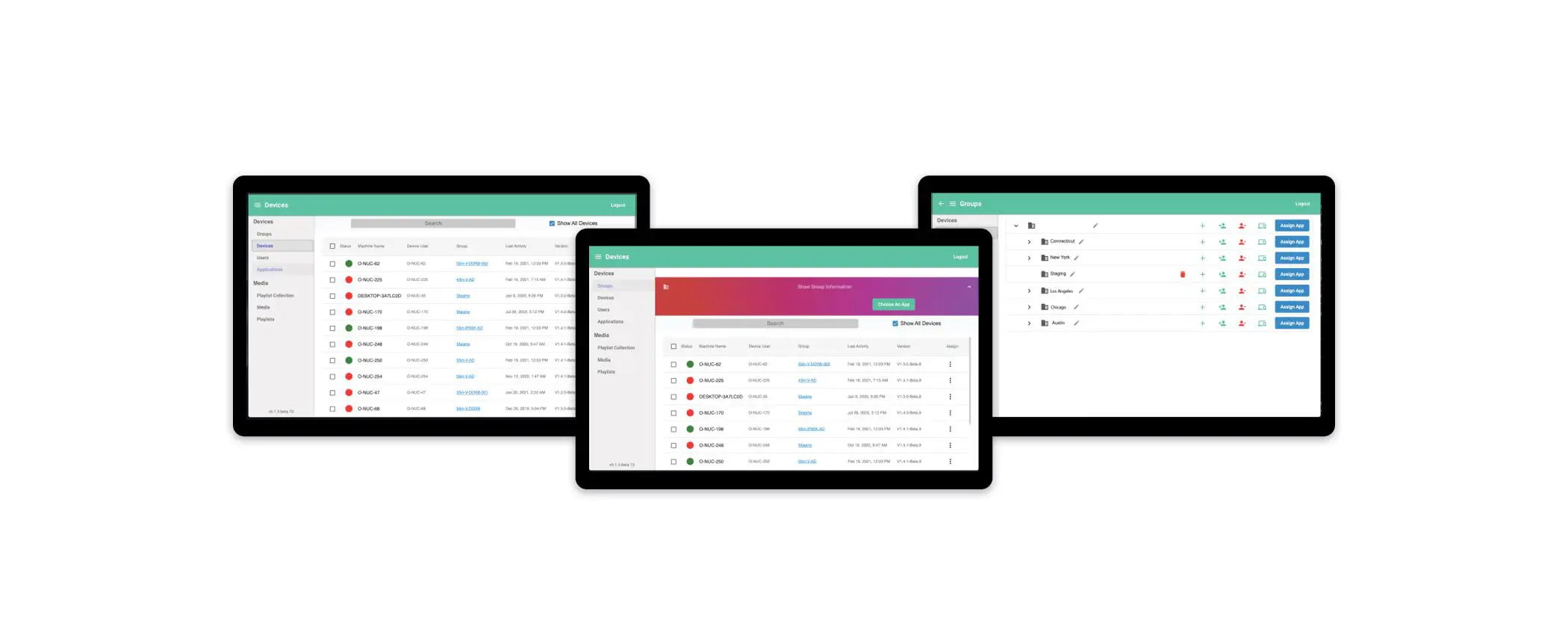
Other hardware options
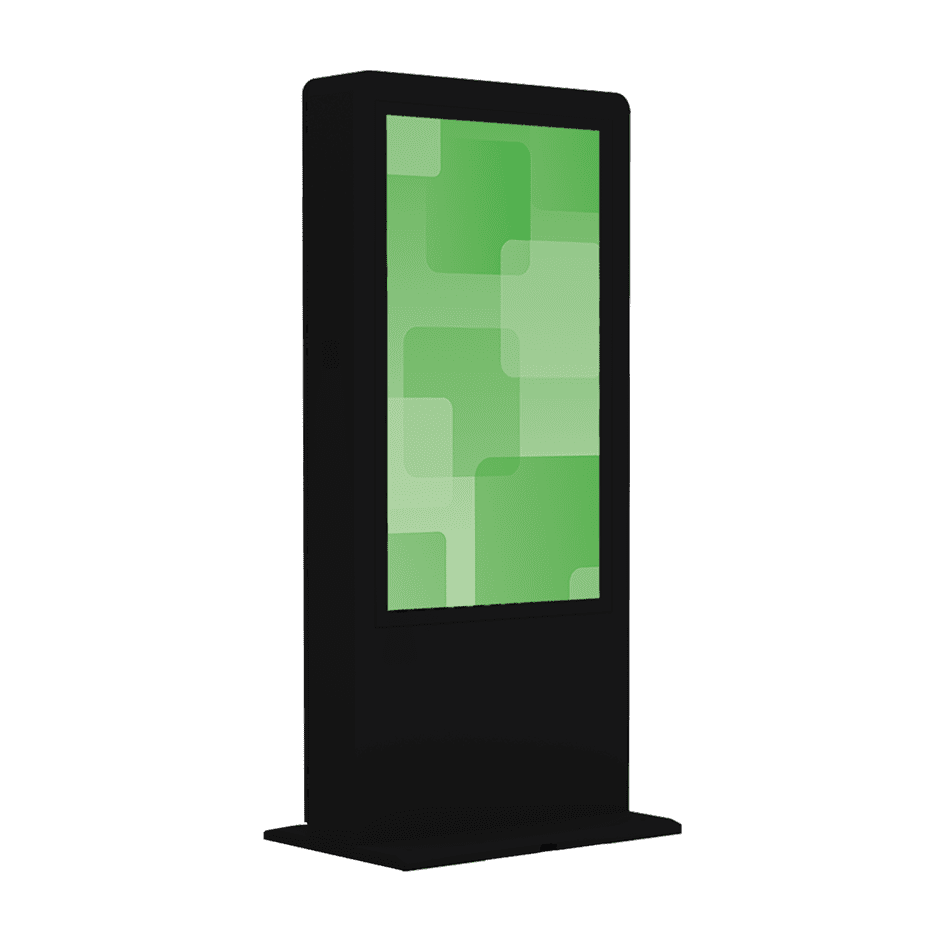
Large Format Kiosks
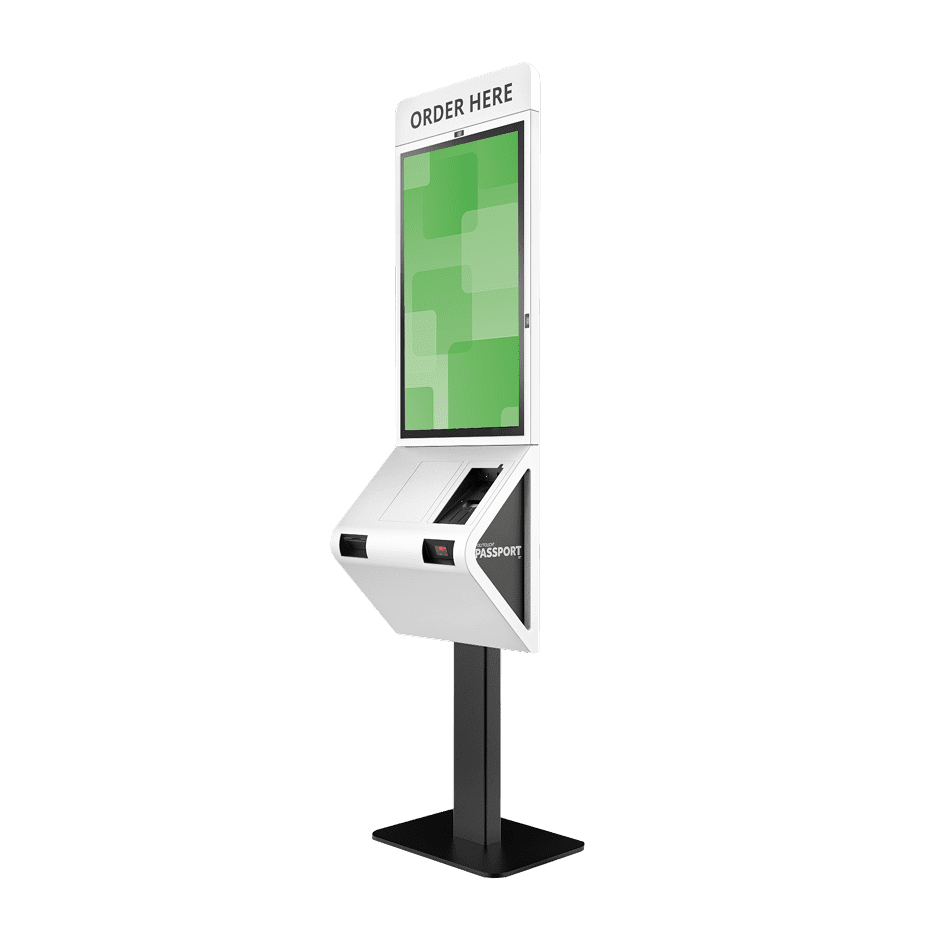
Transactional Kiosks
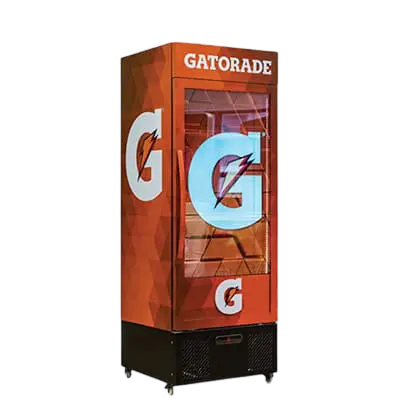
Immersive Kiosks
More Information
Small Format Kiosks: Maximizing Impact in Minimal Space
Small-format kiosks represent the perfect intersection of advanced technology and spatial efficiency, delivering enterprise-level functionality within compact footprints. These space-conscious solutions, typically featuring displays from 10” to 27”, enable businesses to implement self-service capabilities in locations where traditional kiosks prove impractical. MetroClick’s small format designs prioritize vertical integration and intelligent component arrangement, creating powerful interactive experiences that fit seamlessly into constrained environments.
The evolution of small-format kiosks reflects broader market demands for flexibility and efficiency. Modern retail spaces, quick-service restaurants, and corporate environments increasingly require technology solutions that deliver maximum functionality without consuming valuable real estate. These compact systems prove that size limitations need not compromise capability, offering complete payment processing, customer engagement features, and operational analytics in compact form.
Engineering Excellence in Compact Design
Component Miniaturization and Integration
Small-format kiosks achieve their compact profiles through sophisticated engineering that maximizes every cubic inch of space. Advanced thermal management systems utilize passive cooling designs that eliminate bulky fans while maintaining optimal operating temperatures. Solid-state components replace traditional mechanical parts, reducing both size and failure points. This miniaturization extends to power supplies, with high-efficiency converters delivering stable power in packages 60% smaller than conventional units.
The integration of peripherals within small-format enclosures requires creative solutions that maintain functionality without expanding footprints. Thermal printers utilize vertical paper paths that minimize depth requirements. Card readers mount at ergonomic angles within the primary housing rather than protruding externally. Cable management systems route connections internally, eliminating the tangled mess that often accompanies technology installations in tight spaces.
Display Technology Optimization
Screen selection for small-format kiosks balances size constraints with usability requirements. High-resolution displays ensure text remains legible and images appear crisp despite reduced dimensions. Brightness levels between 500 and 1000 nits accommodate various lighting conditions while maintaining energy efficiency. Wide viewing angles prove particularly important in compact formats where users may approach from different positions due to space limitations.
Touch technology in small-format applications requires exceptional precision to accommodate smaller touch targets. Projected capacitive systems provide the accuracy needed for reliable interaction on compact screens. Advanced palm rejection algorithms prevent accidental inputs when users rest their hands on surrounding surfaces. The calibration of these systems accounts for the closer viewing distances typical of smaller displays.
Strategic Deployment Applications
Retail Point-of-Sale Enhancement
Small-format kiosks excel in retail environments where counter space commands premium value. These compact units integrate alongside traditional POS systems, adding self-service capabilities without disrupting existing workflows. Jewelry stores utilize small-format kiosks for appointment scheduling and product customization. Cosmetics counters deploy compact units for shade matching and tutorial videos. The minimal footprint allows multiple units across departments without cluttering sales floors.
Queue-busting represents another valuable application in retail settings. Small-format kiosks positioned throughout stores enable price checks, inventory queries, and even mobile checkout. Staff members carry portable small-format units during peak periods, completing transactions anywhere on the sales floor. This distributed approach reduces congestion at traditional checkout areas while improving customer service.
Healthcare Facility Integration
Medical environments particularly benefit from small-format kiosk deployments due to stringent space constraints and hygiene requirements. Compact check-in terminals fit comfortably on reception desks without overwhelming limited counter space. Examination rooms incorporate small-format units for patient education and consent form completion. The sealed designs facilitate thorough cleaning between uses, maintaining infection control standards.
Pharmacy operations leverage small-format kiosks for prescription pickup and consultation scheduling. These units occupy minimal space while providing secure verification and payment processing. Integration with pharmacy management systems ensures real-time prescription status updates. The compact profile allows placement in consultation areas without compromising privacy or workspace functionality.
Operational Advantages
Cost-Effective Implementation
Small-format kiosks significantly reduce total implementation costs compared to traditional alternatives. Lower material requirements translate directly to reduced purchase prices. Shipping costs decrease due to smaller packages and lighter weights. Installation complexity diminishes when units mount on existing surfaces rather than requiring floor space allocation. These cumulative savings make self-service technology accessible to businesses previously priced out of the market.
Ongoing operational costs also favor small-format deployments. Energy consumption remains minimal due to efficient components and smaller displays. Maintenance requirements decrease with fewer moving parts and simplified designs. Replacement components cost less and ship more economically. The modular architecture of well-designed small-format kiosks enables field repairs rather than unit replacement, further reducing lifetime costs.
Flexibility and Scalability
The compact nature of small-format kiosks enables deployment strategies impossible with larger units. Seasonal businesses add or remove units based on traffic patterns without major renovations. Pop-up locations utilize small-format kiosks that transport easily between venues. Multi-location operators standardize on compact models that work across diverse site configurations.
Scalability becomes remarkably straightforward with small-format deployments. Adding capacity requires minimal space allocation and infrastructure modification. Networks of small units provide redundancy that single large kiosks cannot match. If one unit needs service, others continue operating without creating complete service disruptions. This distributed approach proves particularly valuable in high-availability environments.
User Experience Considerations
Interface Design for Compact Displays
Creating intuitive interfaces for small-format kiosks requires specialized design approaches that prioritize clarity and efficiency. Information architecture must present options in digestible chunks rather than overwhelming users with choices. Progressive disclosure techniques reveal additional options as needed rather than cluttering initial screens. Touch targets increase in size to ensure reliable interaction despite screen constraints.
Visual hierarchy becomes critical when working with limited screen real estate. Essential actions receive prominent placement and sizing while secondary options remain accessible but unobtrusive. Typography scales appropriately for comfortable reading at closer viewing distances typical of small displays. Color contrast and spacing prevent visual confusion that could frustrate users or slow transactions.
Accessibility in Compact Formats
Small-format kiosks must remain accessible despite size constraints. Mounting heights accommodate both standing and seated users, with adjustable options where feasible. Audio feedback is designed for users with visual impairments. The compact profile benefits some users by bringing screens closer to natural sight lines without requiring excessive reaching or leaning.
Physical stability receives particular attention in small-format designs. Despite their lighter weight, these units must resist tipping or movement during use. Weighted bases and secure mounting systems ensure safety while maintaining the flexibility that makes small-format kiosks attractive. Anti-slip surfaces and rounded edges further enhance safety in tight spaces where contact is more likely.
Future Innovation Potential
Emerging technologies promise to enhance small-format kiosk capabilities further. Foldable display technology could enable larger screens that fold up when not in use. Voice interaction reduces reliance on touch interfaces, allowing even smaller form factors. Projection systems might extend effective display areas beyond physical screen boundaries. Artificial intelligence will optimize interface layouts in real-time based on usage patterns.
Integration with mobile devices represents another frontier for small-format evolution. Rather than replacing phone interactions, compact kiosks could enhance them through secure local connections. This hybrid approach leverages the processing power and personalization of personal devices while providing the security and peripherals of dedicated kiosks. As technology continues advancing, small-format kiosks will remain at the forefront of space-efficient innovation.
Small-format kiosks prove that powerful self-service capabilities need not require substantial space commitments. Through intelligent design and strategic deployment, these compact solutions deliver exceptional value across diverse industries. MetroClick’s expertise in small format implementations ensures organizations maximize their technology investments while minimizing spatial impact. Contact our specialists to explore how small-format kiosks can transform your customer experience within your existing space constraints.
For comprehensive solutions, explore our payment kiosks, wayfinding systems, and outdoor kiosks designed to meet diverse operational needs.




